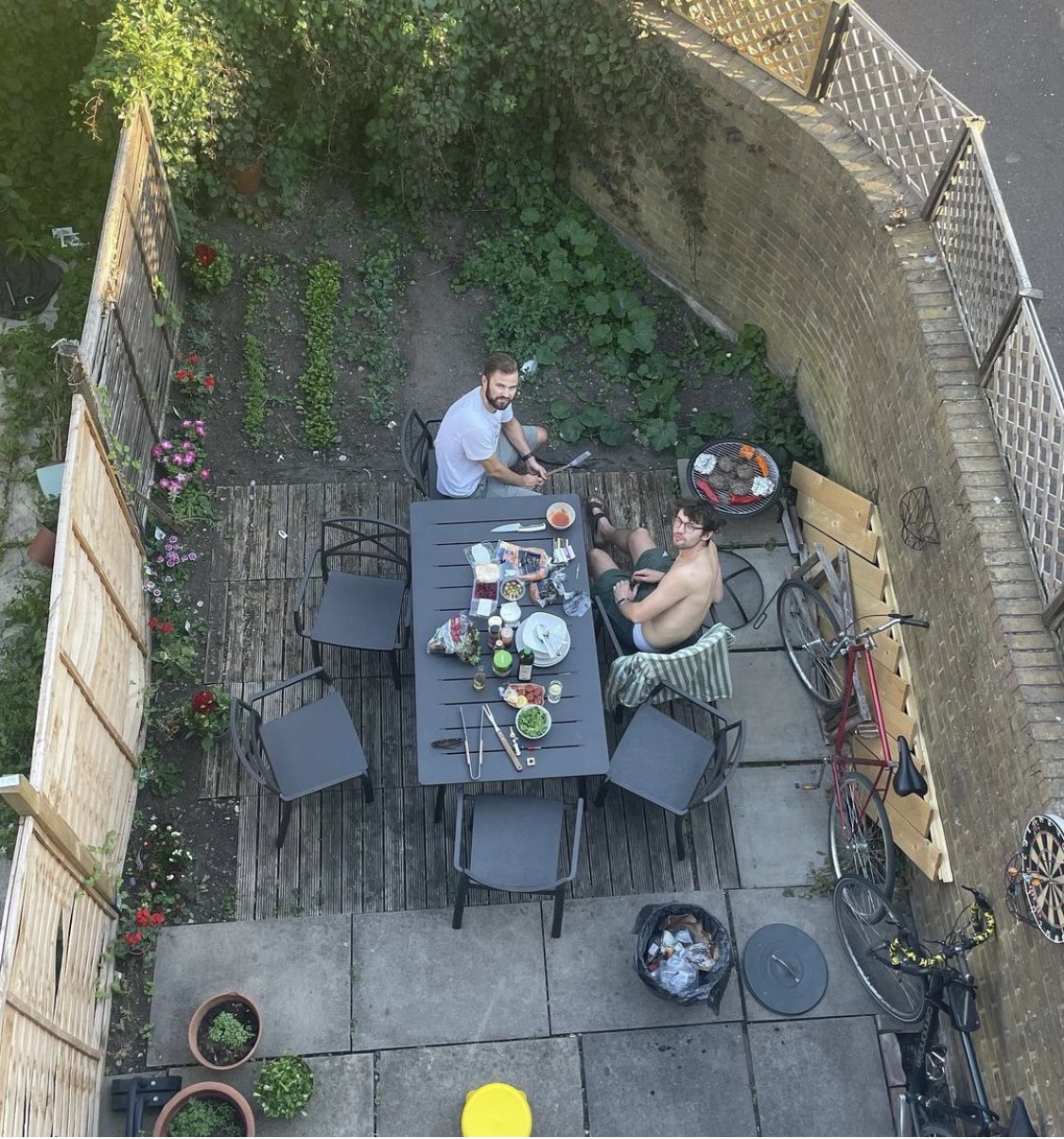
GARDEN SQUAD & GREEN LOVERS
March is a busy month in the garden as temperatures begin to rise, and daylight extends. Whether you’re a seasoned gardener or a beginner, this is the time to kick off a variety of plantings both indoors and outdoors. Below is an easy-to-follow guide, broken down into categories for Vegetables, Herbs, Flowers, and Fruit for both indoor and outdoor planting.
Everyone loves eating their own produce. Doesn’t have to be long, arduous or expensive. Can pretty much find everything for under a tenner (and that’s buying everything from scratch) easily.
Soil, seeds, a planter, watering can - most of which you’ll either have, or have something like. Using old shit for planters is a big old vibe.
See below for some Mens Health x my old garden bois





1. Indoor Planting 🌱
Vegetables
Tomatoes (Start indoors for transplanting later in spring)
Peppers (Sweet or chili varieties)
Aubergines (Eggplants)
Lettuce & Salad Greens (For early spring harvests, like rocket or baby spinach)
Carrots (Start in trays for a head start before outdoor sowing)
Leeks (For later transplanting into the garden)
Kale (Hardy varieties can start indoors)
Herbs
Basil (Needs warmth, best indoors until later in spring)
Coriander (Can be sown in small pots)
Chives (Best grown indoors before outdoor transplanting)
Parsley (Takes a bit longer to germinate, so start early)
Dill (Grows well in windowsills)
Flowers
Sweet Peas (Sow in pots to be moved outdoors once frosts are gone)
Begonias (Perfect for starting indoors for summer blooms)
Sunflowers (Start in small pots for transplanting later)
Marigolds (Easy to start indoors for vibrant summer color)
2. Outdoor Planting 🌳
Vegetables
Broad Beans (Direct sow outdoors; they tolerate the colder March weather)
Early Potatoes (Plant ‘first earlies’ outdoors for a June harvest)
Onions (Sets or seeds; plant outdoors if soil is workable
Garlic (Cloves can be planted outdoors if not already done in winter)
Spinach (Can be sown directly outdoors now)
Radishes (Direct sow outdoors for quick spring crops)
Peas (Start sowing early varieties directly outdoors)
Turnips (Great for sowing outdoors as soon as the soil can be worked)
Herbs
Chives (Start outdoors if the soil is warm enough)
Thyme (Can be planted outdoors in mild March temperatures)
Mint (Start in containers or plant in the ground with space to spread)
Oregano (Plant outdoors in sunny areas)
Flowers
Primroses (Can be planted outdoors for a pop of early spring color)
Pansies (Perfect for planting outdoors in containers or borders)
Tulips (Now is a good time to plant bulbs if they weren’t planted in the fall)
Daffodils (If not planted in autumn, they can still go in the ground for spring bloom)
Crocuses (Plant bulbs outdoors now for early color)
Fruit
Strawberries (Plant bare-root strawberries outdoors this month)
Raspberries (Plant bare-root raspberry canes outdoors)
Gooseberries (Bare-root plants can go in the ground now)
Blackberries (Bare-root canes can be planted outdoors)
Garden Care Tips for March 🪴
Pruning: Finish pruning apple and pear trees if not already done. Be careful not to prune stone fruits (like cherries) this early to avoid disease.
Prepare Soil: Dig over your garden beds and add organic matter to enrich the soil. This helps with better plant growth later in the season.
Weeding: March is a great time to get a head start on weeds, especially in areas that are already starting to warm up.
Mulching: Spread mulch on beds to keep soil moist and protect from frost.
Frost Protection: Be vigilant about late frosts and use cloches, fleece, or row covers for tender plants that may be susceptible.
4. Gardening Advice for March 🧑🌾
Check Seed Packets: Make sure you are aware of the recommended sowing times for all your seeds. Some may need extra warmth or specific conditions for germination.
Rotating Crops: This is the time to think about crop rotation in your vegetable beds. Avoid planting crops from the same family in the same soil to reduce pests and diseases.
Start Composting: If you haven’t started a compost bin, now’s a good time to start collecting vegetable scraps, autumn leaves, and other compostable materials.

